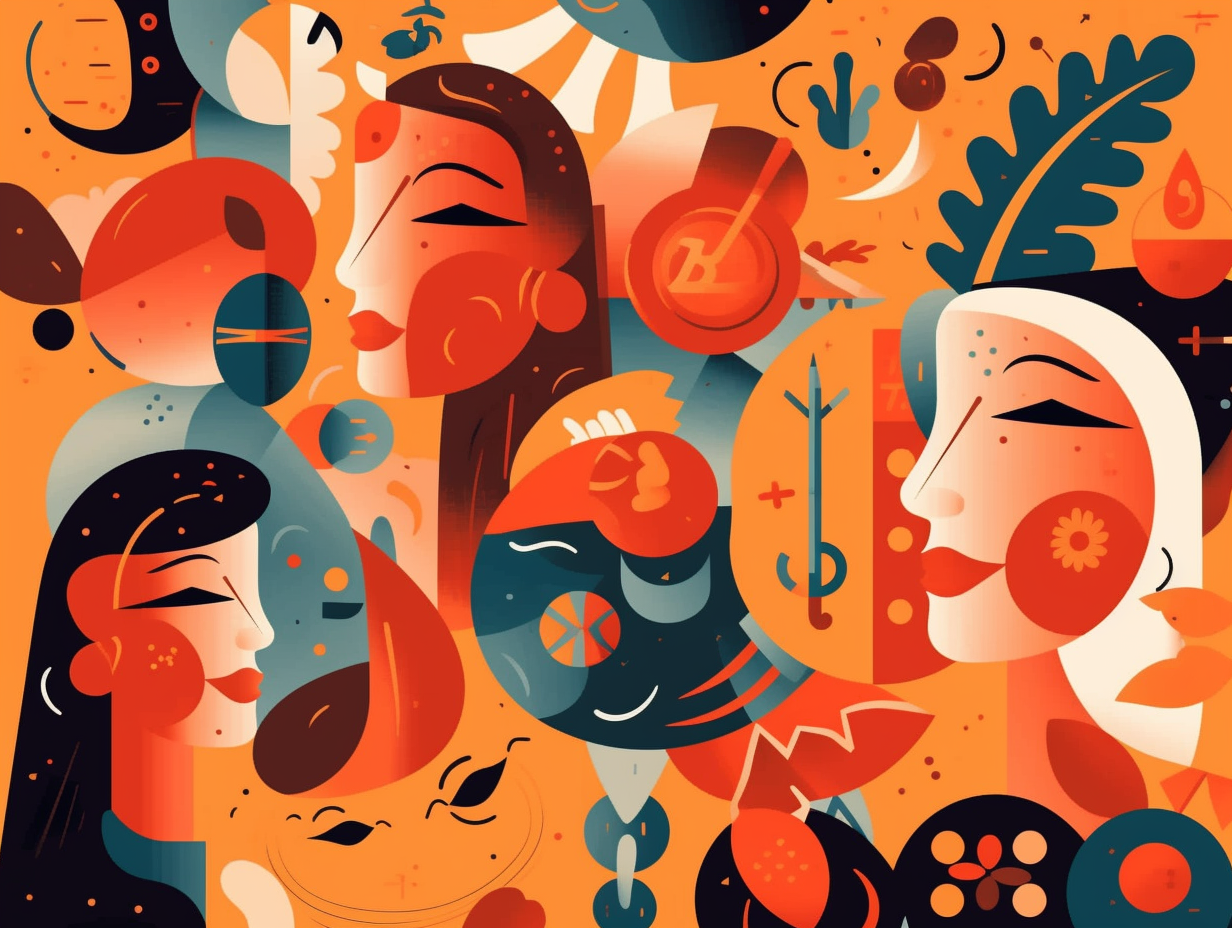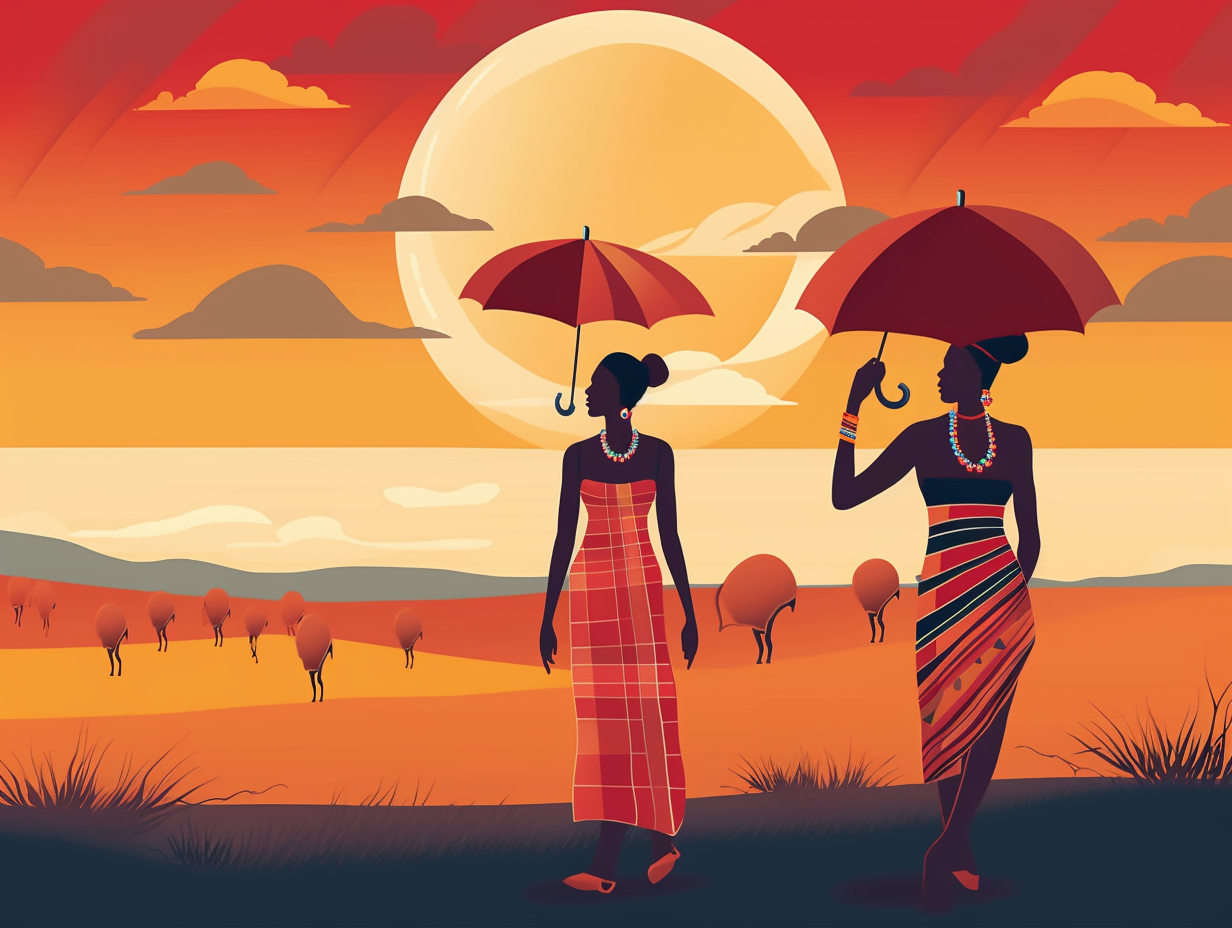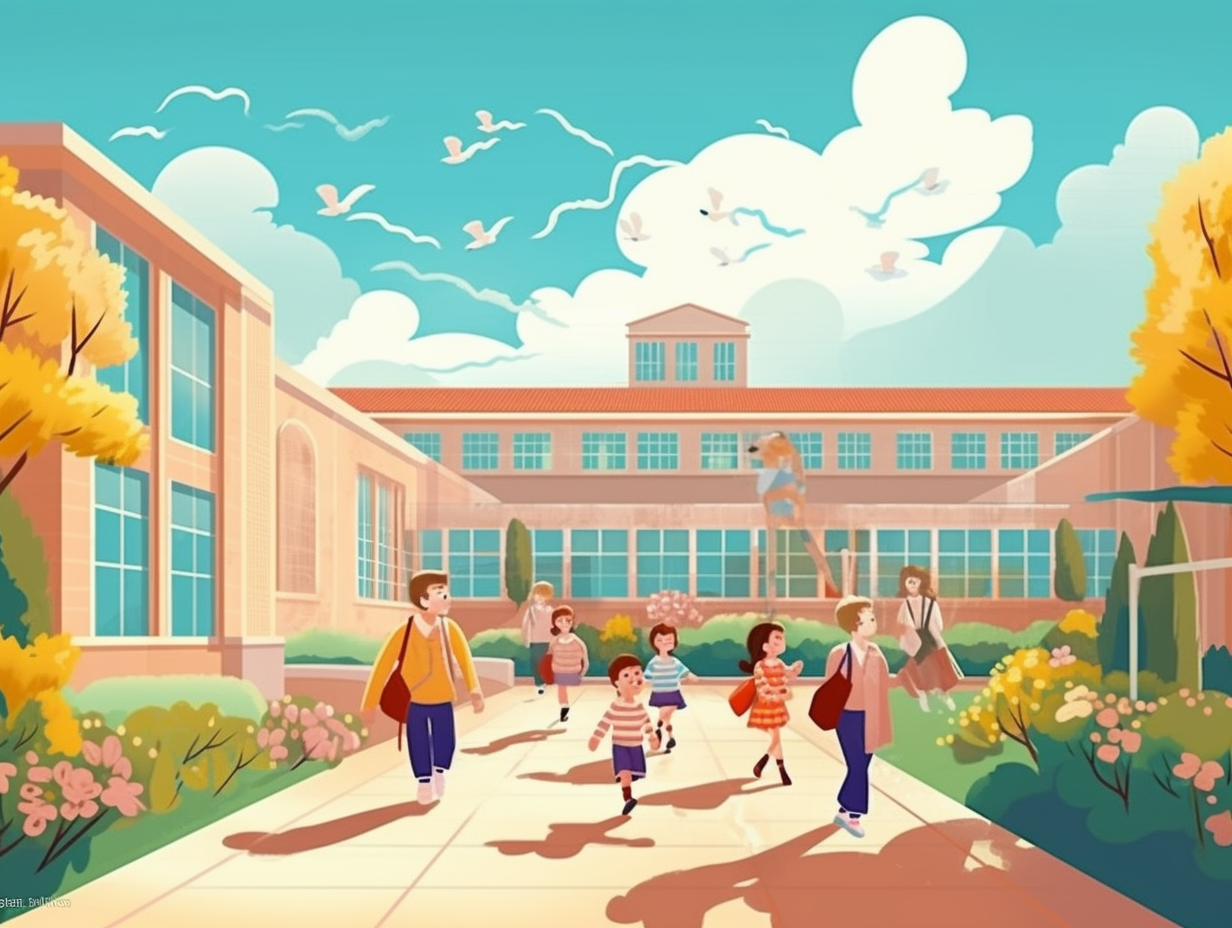Discover the Top 11 Fun Facts About Languages: Intriguing Insights to Amaze and Entertain

1. Boontling: California's Secret Language
Hold on to your secret decoder rings, word detectives: Boontling is a linguistic enigma hidden in the hills of Northern California! This ultra-rare and incredibly quirky tongue has roots running deeper than an old oak tree, blending together English, Scottish Gaelic, Irish, Pomoan and Spanish. For the untrained ear, it might sound like a riddle wrapped in a mystery inside an enigma, but for the handful that still speak it today, it's their very own hush-hush language: Boontling was created in the late 1800s in Boonville, California, and now has fewer than 100 speakers left, making it one of the most obscure languages in the world. It originated as a game for children to communicate covertly around their elders, and has over a thousand distinctive words and phrases – it even had a brief brush with fame on The Tonight Show with Johnny Carson!
Source => en.wikipedia.org
2. The Mysterious Sentinelese Language
If Harry Potter's Parseltongue and Star Trek's Klingon had a baby and sent it on a one-way space mission to India's North Sentinel Island, linguists would still know more about that hypothetical baby than the Sentinelese language: Spoken by a small indigenous tribe of estimated 100 to 250 speakers, this highly isolated and enigmatic language remains unclassified, unexplored, and practically as mysterious as the dark side of the moon.
Source => en.wikipedia.org

Did you know you only need to learn 3,000 Chinese characters to read 95% of conventional literature? Dive into the fascinating world of Chinese language and unlock your inner Confucius! 📚🧩🇨🇳
=> Fun Facts about Chinese-Language
3. Czech's Unique Ř Sound
Move over R, it's Ř's time to shine: a unique, rollicking sound found primarily in the Czech language that's believed to have distant relations in certain Polish dialects, European Portuguese, Tsakonian, and even some Turkish pronunciations. Never heard of it? Well, now you Ř!
Source => linguistics.stackexchange.com
4. Indonesian Language Hijacks Dutch
Who needs Rosetta Stone when you've got Dutch colonizers? Indonesia's national language took matters into its own hands: Indonesian, the language born out of a rebellious rejection of Dutch influences during the nationalist movement, has still managed to adopt a heavy dose of Dutch vocabulary as loanwords, giving it a unique twist that bridges the linguistic legacy of the colonial era with the Austronesian language of Malay that has united the archipelago for centuries.
Source => en.wikipedia.org

5. Sign Languages: Front Row to Evolution
Talk about body language taking center stage: Sign languages like Israeli Sign Language (ISL) and Nicaraguan Sign Language (NSL) have evolved so swiftly and consistently that they're giving linguists front row seats to witness linguistic complexity unfold, recruiting different body parts for various functions in a predictable pattern, revealing that language evolution may be inevitable and deeply connected to the workings of our brains.
Source => science.org
6. Azerbaijani: A Linguistic Smoothie
Watch out, linguistic smoothie coming through: The Azerbaijani language is like that perfectly-blended beverage of words; a mix of Persian aroma, a dash of Arabic essence, and a hearty helping of Turkic goodness: Despite its exposure to Persian and Arabic, Azerbaijani's vocabulary remains predominantly Turkic, boasting only a sprinkling of loanwords from its linguistic neighbors.
Source => en.wikipedia.org
7. Shakespeare in Klingon
Beam me up, Scotty, and hand me my Shakespeare: the Klingon language from "Star Trek" was ingeniously crafted by linguist Marc Okrand, who blended elements from Native American languages, Chinese, and South Asian dialects to give us the extraterrestrial language of warriors, complete with its own dictionary and Shakespearean adaptations such as "Hamlet" and "Much Ado About Nothing" in truly glorious Klingon.
Source => shakespeare.org.uk
8. Russian's Sub-Language of Curse Words
In Soviet Russia, language curses you: The Russian language community has its very own sub-language called "mat," derived from the word for "mother," exclusively for cussing and profanities! Filled with four lexical roots that are strictly off-limits in mass media, it's been expertly crafted and expanded via prefixes and suffixes – just like the rest of the Russian language – lending an air of prurient creativity to the nation's forbidden tongue.
Source => en.wikipedia.org
9. Ge'ez: Ancient Ethiopian Poetry Swag
Once upon a time in a land filled with ancient poetic swag and sonnets that slayed: Ge'ez, a South Semitic language in Ethiopia and Eritrea, boasts a unique oral poetry tradition known as Ge’ez Qenie. To become a poet in this ancient art form, one must study for up to seven years and to teach it, another seven years in a Qenie School learning its 16 types, intricate forms, and wide-ranging themes from love and hate to socio-economic affairs.
Source => eotcmk.org

10. Language Isolates: The Babel of Isolation
Has the Tower of Babel got you speaking in tongues? Well, language isolates are here to make it even more babel-y: These unique languages, such as Sandawe in Africa and Burushaski in Asia, don't fit into any language family tree, leaving linguists scratching their heads and playing an eternal game of “Where did that come from?”.
Source => en.wikipedia.org
11. Tarahumara: The Blue-Green Color Conundrum
As the wise Kermit the Frog once mused, "it's not easy being green", especially when you're having a color-based identity crisis with your cousin blue in the Tarahumara language: Interestingly, English speakers perceive blue and green as more distinct colors than the Tarahumara tribe does, as their language doesn't differentiate between specific shades of the two colors. This supports the idea of linguistic relativity, which suggests that our language and culture can shape how we view and categorize colors. So, it seems the vivid hues of our vocabularies add a little more color to our world after all!
Source => wired.com







